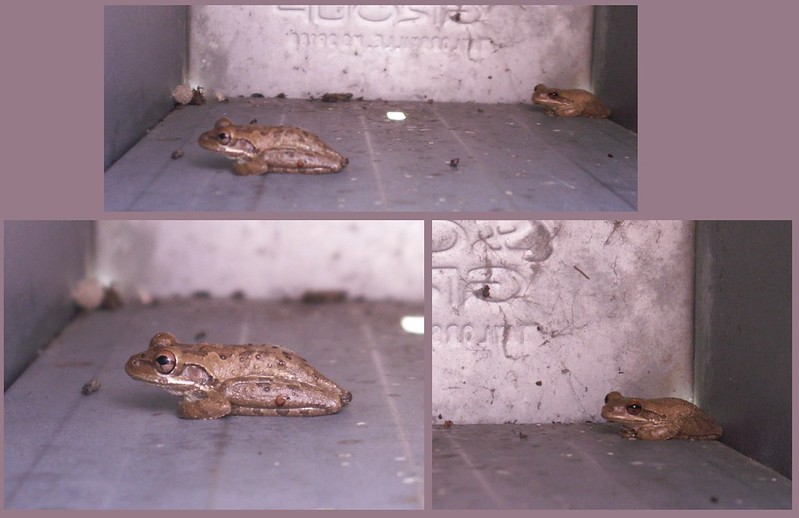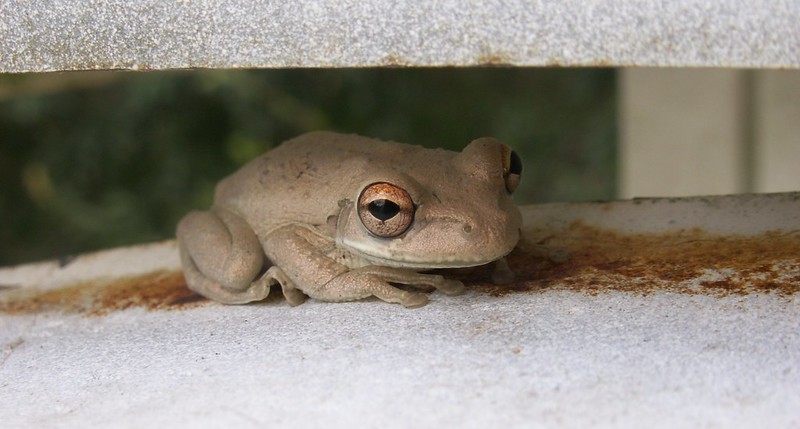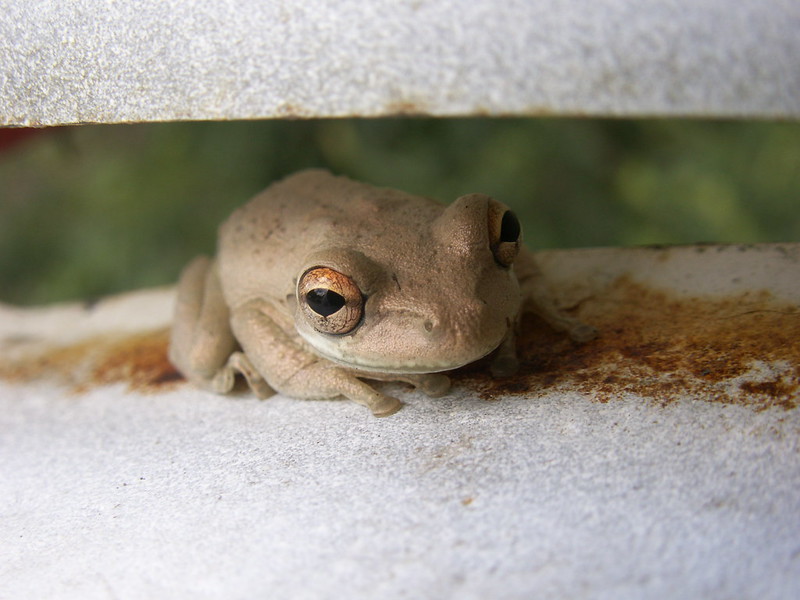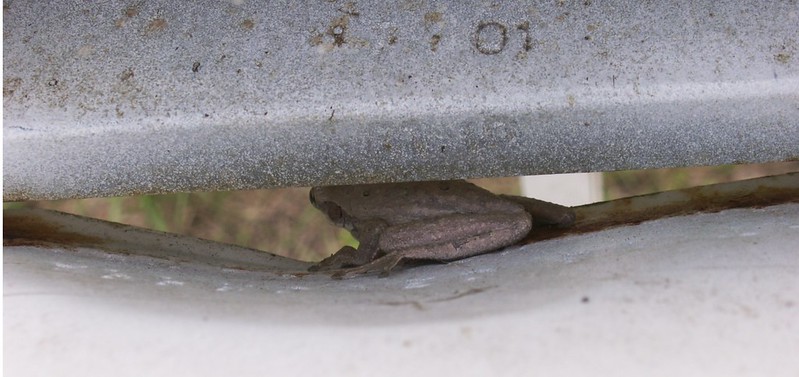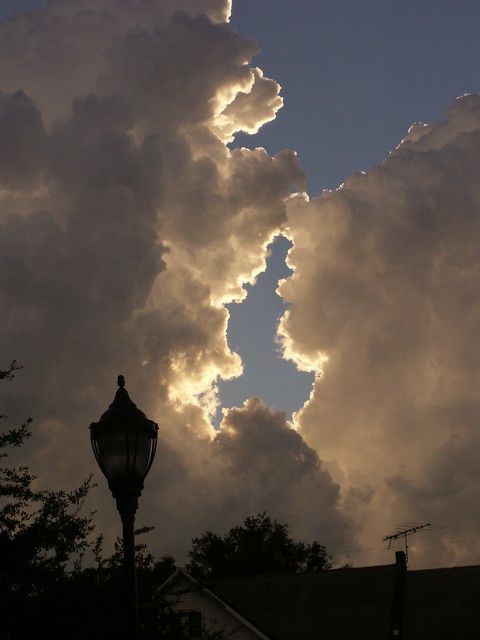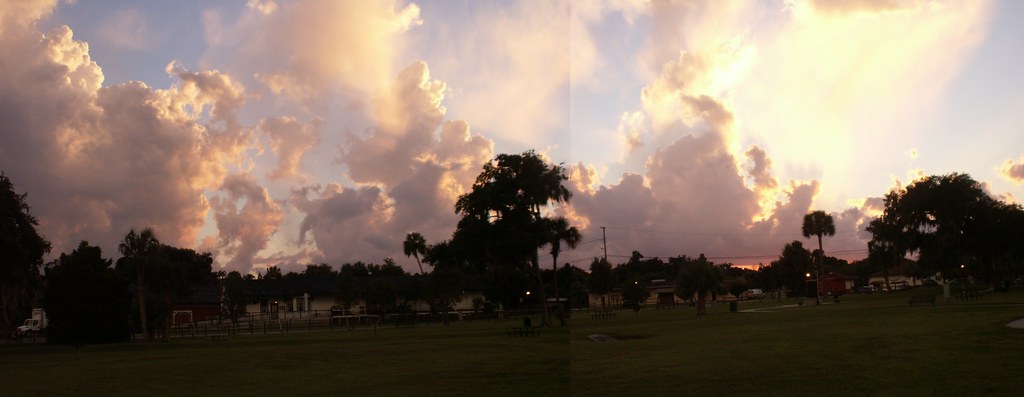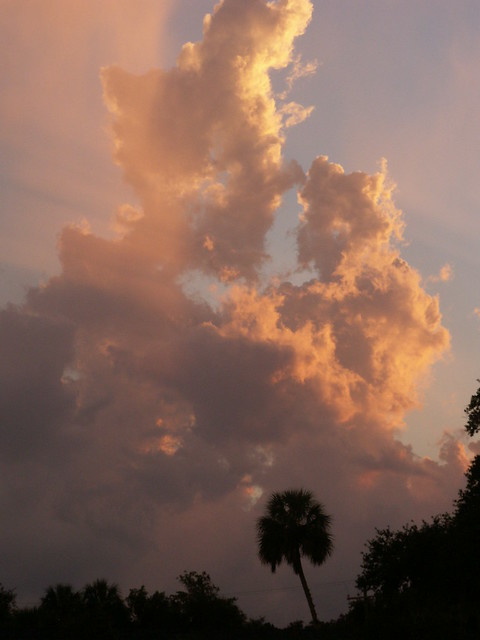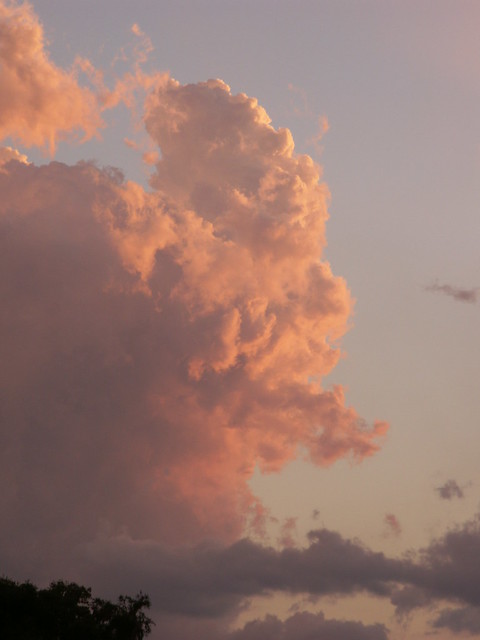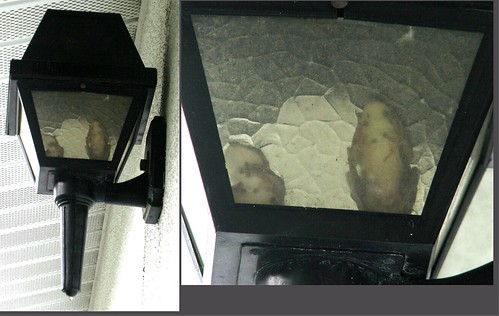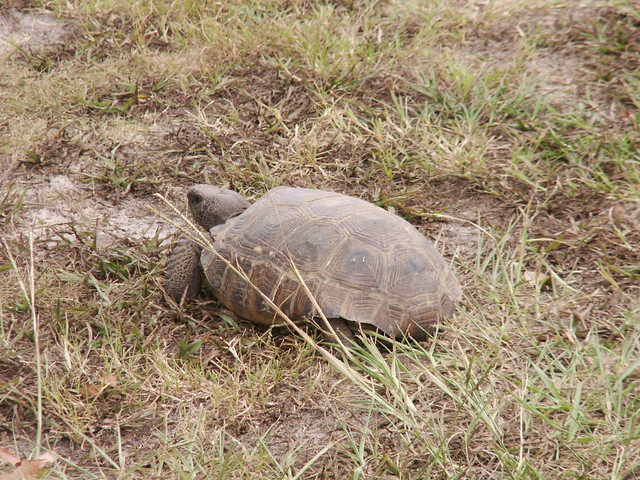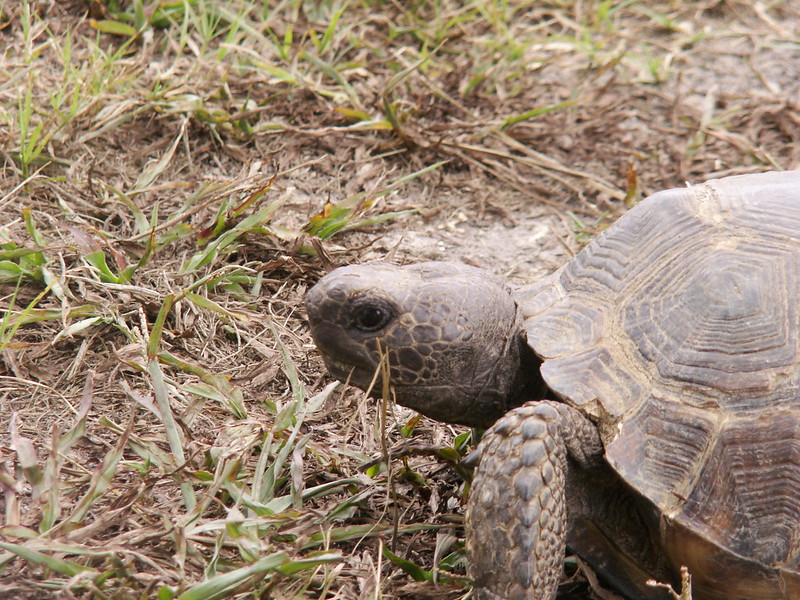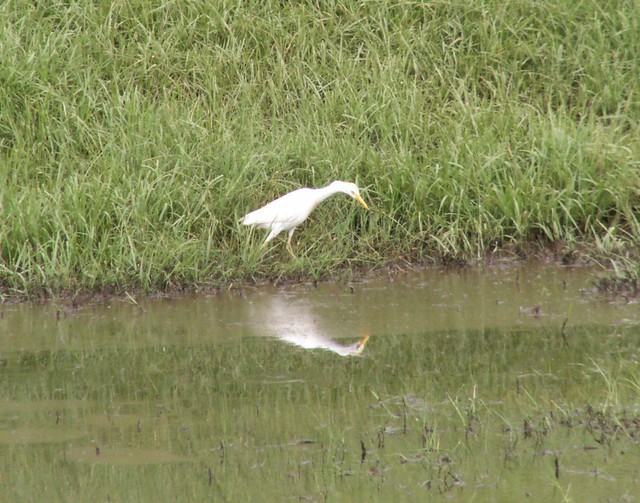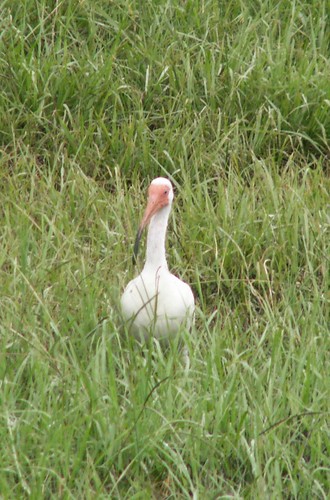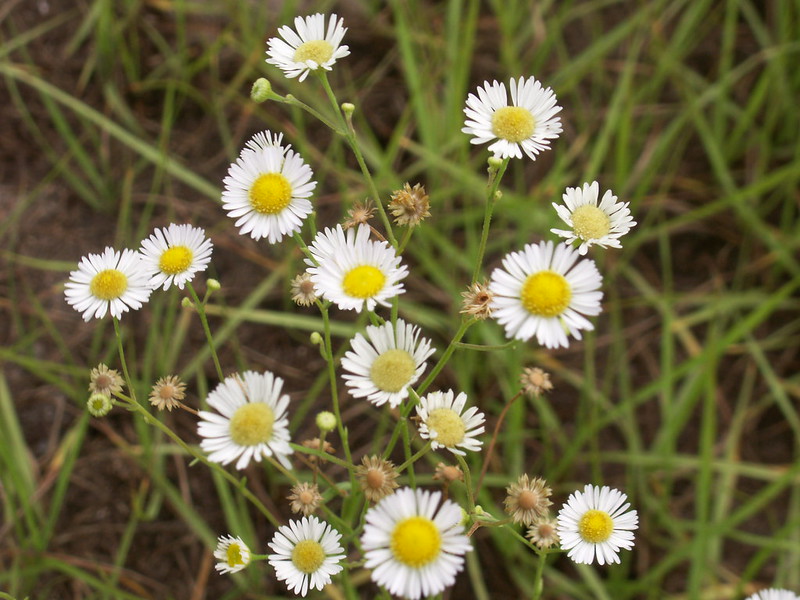A Different Kind of Writing
a.k.a. I'm still here. :-)
I was diagnosed with breast cancer in March 2014 and completed active treatment (surgery/chemo/radiation) in December. Initially I detailed my experience in a friends-only blog on Prosebox and then began a new blog on Cancer Survivors Network. I'm also most active on What Next (which, like CSN, is sponsored by the American Cancer Society) and Breast Cancer Social Media (#BCSM on Twitter).
Diagnosis meant immersion. Suddenly I was in another country (called Cancerland by some). I was and still am learning a new language, new rituals and customs, even new holidays. I had joined a tribe that no one wants to join.
I also became my own research subject in an experiment with an N of one. My side effects logs fill a three-ring binder. I ran observations and number-crunched my results. Compiling my first side effects report for my oncologist proved the highlight of my first week of chemo, keeping me engaged when my body and brain could do little else.
At no time did I feel depressed; that surprised me, too. Instead I went in swinging, though from the outside I may have simply looked exhausted. Physically, I often was. Psychologically, I was fully engaged, facing down the disease with an epic music soundtrack that played in my head through earbuds or from memory.
I did not write fiction. I did not write poetry. Meditating with Sharpies and then with digital art gave me the outlet I needed along with blogging my experience.

(Drawn on the day of my diagnosis.)

(Drawn using Art Rage after I had completed four infusion cycles of chemotherapy drugs Adriamycin and Cytoxan and before I began twelve cycles of Taxol.)
My reading as well turned away from fiction and focused instead on cancer blogs and research. My body was under attack, and in the interest of long-term beneficial outcomes I was subjecting it to poisons and no small degree of risk.
With the exception of passively watching TV shows on my computer I had no desire to escape into invented story lines or characters. I invested my mental and physical energies in grappling with my adversary and then used art/meditation to replenish my strength, especially since my caregiving did not stop for cancer.

(Uses a self-portrait (taken on July 7, 2014), my shot of the Full Pink Moon from April 6, 2012 (taken on the same night as this shot), and my shot of a Tree Nymph taken at the Florida Museum of Natural History and Butterfly Rainforest in Gainesville on May 2, 2011.)
I also exercised and ate healthy foods throughout, which I believe helped me through treatment. I did some physical activity even on my toughest chemo days.
As we begin 2015 I am on pills for at least five and likely ten years to thwart recurrence. In addition to continuing my aerobic activity I have returned to planks and strength training, especially because osteoporosis is one possible side effect of the pills.
I celebrate the little things -- my slowly returning hair, my switch from extra soft back to soft toothbrush, my quick healing from radiation's burns and blisters. Mild vertigo from chemo persists; I still need to be a bit cautious when getting out of bed. But, all told, I have come pretty well through what I continue to call a perilous adventure.
May the New Year be kinder to us all.
To read the details: CSN blog main page
Index to entries in 2014:
Pre-Diagnosis: February 2014 ("Well, This is Different" and "Day 1 Post-Biopsy")
March 2014: Diagnosis and Preparation for Consult ("It's Clobberin' Time!" and "Preparations")
March 2014: Consult and Preparation for Surgery ("'Twas the Night Before Consult" and "T Minus 3 Days to Surgery")
March and April 2014: Surgery and Preparation for Chemo ("Day After Surgery" and "The Next Phase")
April and May 2014: Preparation for Chemo ("Preparations" and "Stuff Just Got Real")
Early May 2014: More Prep for Chemo ("The Fine Art of Negotiation" and "Errand Day")
Early May 2014: Chemo Prep and Getting My Port ("T Minus 4 Days to Chemo" and "Port of Call")
Early May 2014: Chemo Begins ("Chemo, Day One" and "Well, Duh")
Mid-May 2014: Chemo Side Effects ("Somnolescence" and "Almost at Baseline -- For Now")
Attitude
Countdown
Make It Rain
Chemo Warriors
June
Yes, We Have Too Many Bananas (number-crunching kvetch edition)
Countdown to Third Infusion
Trends and Mysteries
Sleuthing
July
Milestones
Goodbye, A/C. Hello, T!
Celebrating the Supermoon
Fable
August
Fierce
Chemo Countdown Begins!
Nine to Go!
Watching the Bloodwork
September
Genetics
Pumping Iron/Genetics, Part 2
Pumping Iron, Part 2/Ruminations
Masked Marvel
Whew!
October
Sleepytime
Shufflin' Off With Buffalo/An Adventurous Week
The Next Phase
Morning Person
Milestones
November
Three Weeks Down
Four Weeks Down
Five Weeks Down/Eight Treatments to Go!
Home Stretch
December
Rite of Passage
Body and Mind
Healing
Gifts
